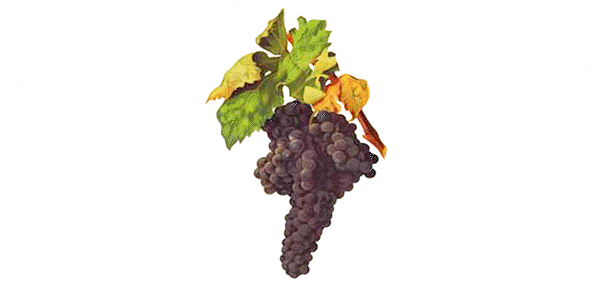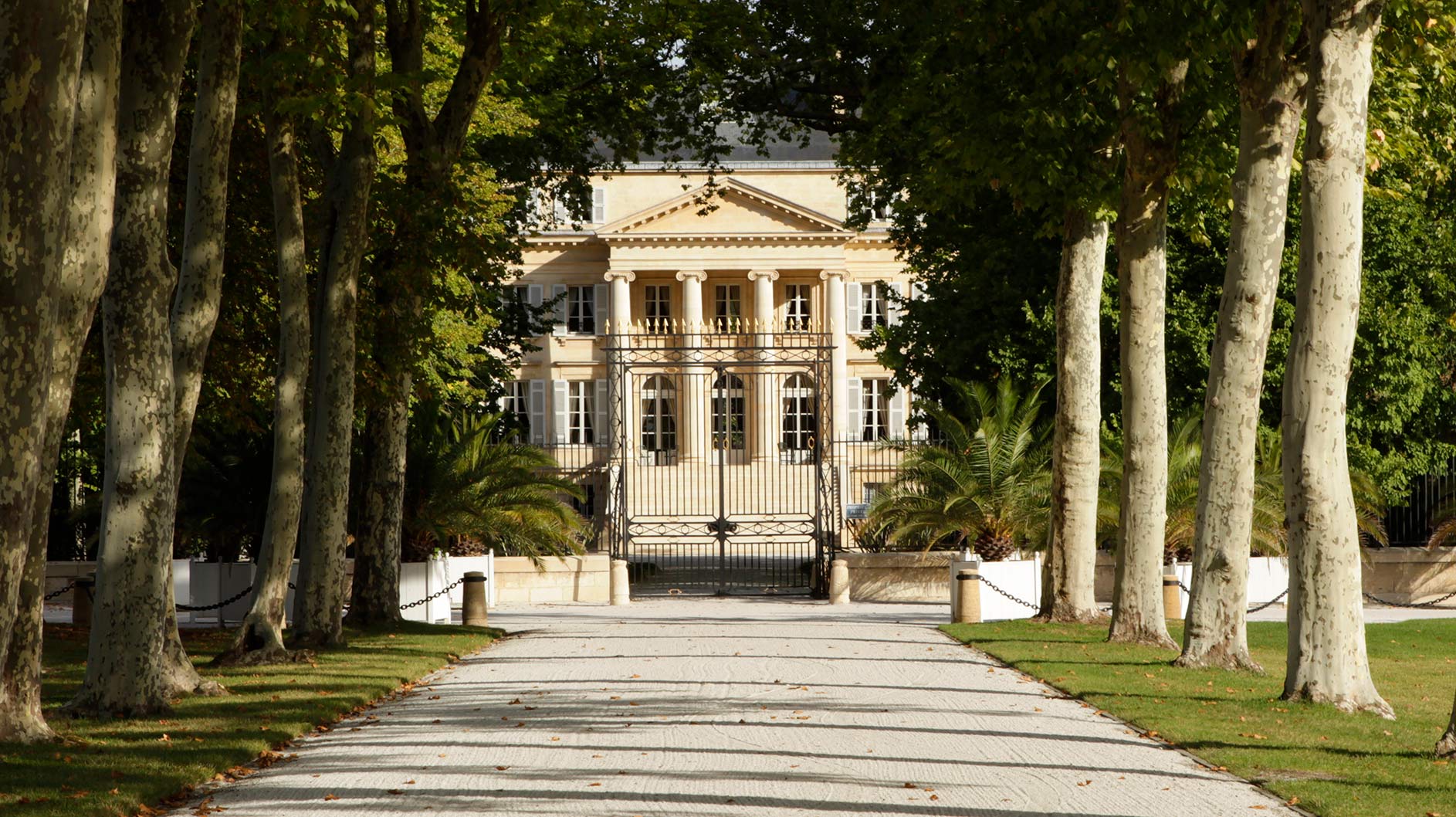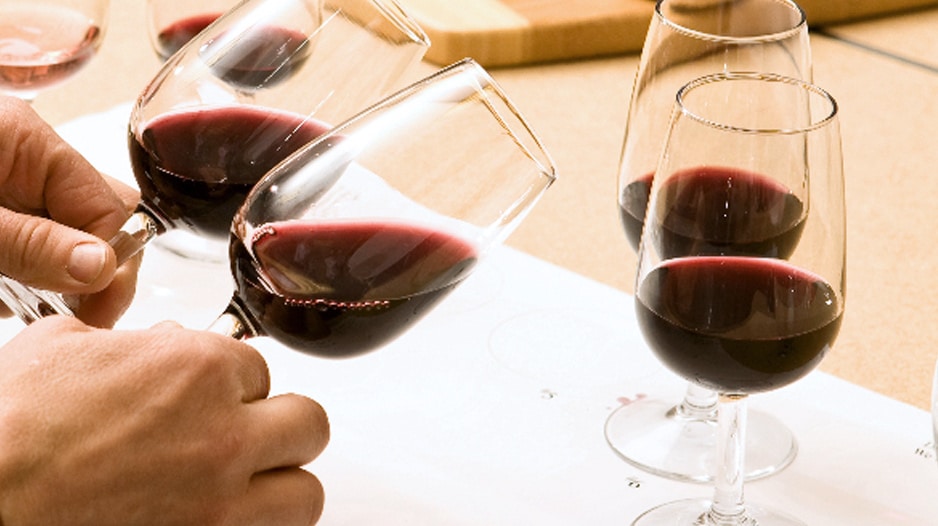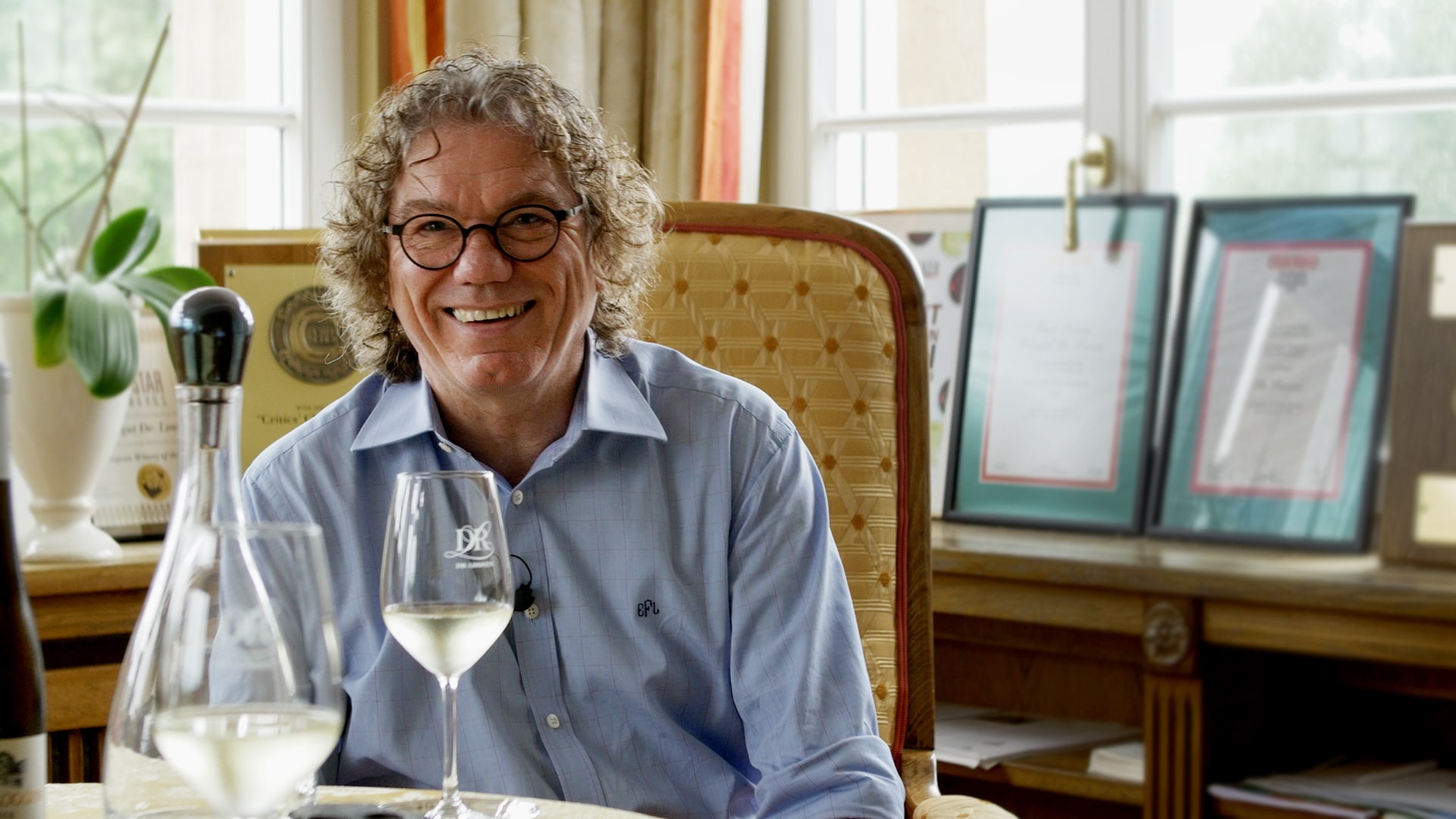Tempranillo is one of the most planted red grapes, responsible for some of the best red wines in the world. And yet it’s oft-overshadowed by Merlot and Cabernet Sauvignon. We say no more.
Where Tempranillo is grown
Tempranillo is just about synonymous with Spain. Temprano translates as “early,” a reference to the fact that Tempranillo ripens several weeks ahead of other Spanish reds like Garnacha. It still needs ample heat, though, and thrives in similar temperatures to Merlot.
Spain is home to the vast majority of plantings, with just shy of 500,000 acres. The benchmark examples come from Rioja and Ribera del Duero. Both regions not only have the necessary heat but, more importantly, have cooling influences that help to preserve the variety’s elegance and acidity.
In Rioja, the influence of the Atlantic Ocean, just 100 kilometres away, moderates the climate, especially in the subzones of Rioja Alta and Rioja Alavesa. The proximity to port also gave it access to trade routes that bolstered its reputation by the late 18th century, building on a 2,000-year history of winegrowing. Today, a lot of wine is made, and bottlings run the gamut from affordable everyday sippers to blue-chip labels sought by collectors.
You need to drive about three hours further inland to get to Ribera del Duero, where the climate is continental. Growing conditions are warmer, but the story here is elevation. Vineyards are planted up to 1,000 metres above sea level, dramatically cooling temperatures at night. The region is famed for bolder expressions of Tempranillo thanks to iconic producers like Vega Sicilia and Pesquera.
A short trip down the Duero River from Ribera del Duero is Toro, where Tempranillo is known locally as Tinta de Toro. The highs may not be the same, both in terms of elevation and quality, but the wines are similarly concentrated, rich, and ripe. You can also find approachable, fruit-driven wines from Navarra and the Castilla-La Macha that won’t break the bank.
Outside of Spain, there’s only one other country with significant acreage and it’s still on the Iberian Peninsula: Portugal. Tempranillo is grown in the Douro Valley, where it is known as Tinta Roriz. Here it plays a small but important role in Douro reds and Port, adding red fruit, flesh, and spice.
Tempranillo is often more of a curiosity in the New World. Argentina has the most Tempranillo planted, though the wines aren’t necessarily commonplace on retail shelves. Oregon’s Umqua Valley is one of the few regions to (try to) lay claim to Tempranillo as a signature variety. Otherwise, you can find sparse plantings in Australia, California, the Okanagan Valley, and Washington State.
What Tempranillo tastes like
You don’t necessarily open a bottle of Tempranillo expecting a fruit bomb. These wines can be intensely savoury, with sundried tomato, tobacco, and leather. And then there’s the oak – and, sometimes, lots of it. Spain is a large country, though, and there can be substantial variation in style between regions.
In moderate climates, like Rioja, the wines are often fresher and more red-fruited, with cherry and strawberry. More traditional producers follow the long-established practice of aging the wines for years in American oak, adding notes of dill and coconut. In contrast, so-called modern producers may favour shorter aging in French oak barriques. The resulting wines are almost Bordeaux-like in character.
In warm regions, like Ribera del Duero and Toro, the wines can be densely structured and powerful with darker fruit, such as black cherry, blackberry, and plum. There’s a similar dichotomy between traditional and modern producers, and Ribera del Duero is noted for allowing international grapes like Merlot and Cabernet Sauvignon. (Which is one way to win the heart of a wine critic.)
What to pair with Tempranillo
Tempranillo is a natural pairing with tapas like Rioja-style potatoes with chorizo or jamón ibérico (also known as Iberian ham) as well as heartier dishes like roast pork. The classic pairing, though, is lamb. Try a Spanish-style lamb stew with smoky paprika and a healthy glug of Rioja.
How to pronounce Tempranillo
Tem-pra-nil-oh
What to buy
CVNE Crianza 2017 ($14)
Rioja, Spain
Telmo Rodriguez Dehesa Gago 2018 ($16)
Toro, Spain
Dominio de Pingus Psi 2018 ($30)
Ribera del Duero, Spain
Bodegas Muga Reserva 2017 ($30)
Rioja, Spain
Lopez de Heredia Rioja Vina Tondonia Reserva 2008 ($60)
Rioja, Spain
La Rioja Alta Gran Reserva 904 Tinto 2011 ($70)
Rioja, Spain
Bodegas y Vinedos Pintia 2014 ($80)
Toro, Spain
Bodegas Vega Sicilia Unico Tinto 2009 ($575)
Ribera del Duero, Spain






